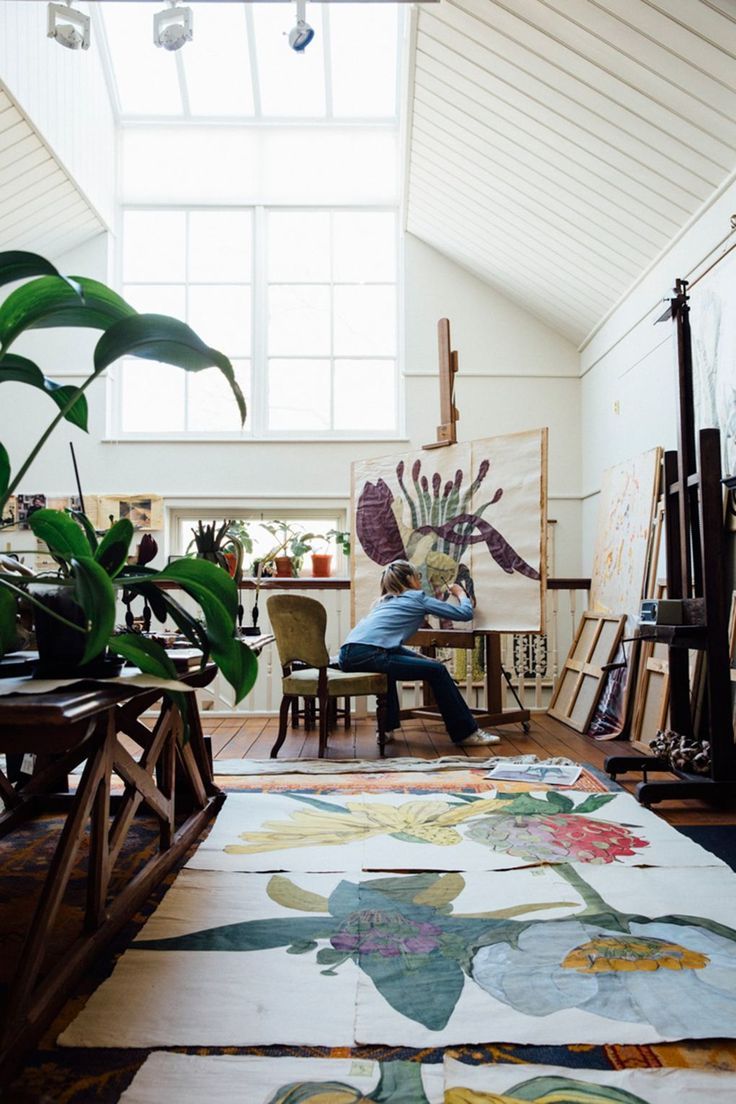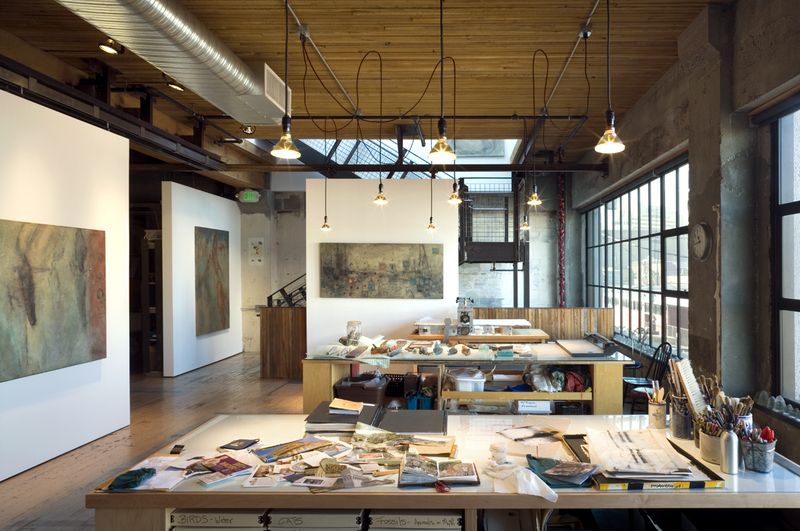
When setting up a studio for creating art, proper lighting is crucial. Artist lights are an essential tool for artists to accurately discern colors, see fine details, and work in comfort for long periods of time. There are many different options available when it comes to choosing the right lighting for your studio, and it’s important to find the best fit for your specific needs.
One popular option for artist lights in the studio is natural light. Natural light is the most true-to-life when it comes to color representation, making it ideal for artists who work with color-critical mediums. Many artists prefer to work near windows to take advantage of natural light during the day. However, natural light can fluctuate throughout the day and may not always be consistent, making it necessary to supplement with artificial lighting.
When it comes to artificial lighting, LED lights are a popular choice for artists. LED lights are energy-efficient, long-lasting, and provide a bright, even light that mimics natural daylight. They also produce less heat than traditional incandescent bulbs, making them ideal for working in a studio for long periods of time. LED lights come in a variety of styles, from desk lamps to ceiling fixtures, allowing artists to customize their lighting setup to their specific needs.
Another important factor to consider when choosing artist lights for the studio is the color temperature of the light. Color temperature is measured in degrees Kelvin and determines how warm or cool the light appears. For artists working with oil or acrylic paints, a daylight color temperature around 5000-6500K is ideal for accurately representing colors. For artists working with watercolor or pastel, a cooler color temperature around 6500-7000K may be preferable for a brighter, crisper light.
Task lighting is another important consideration when setting up artist lights in the studio. Task lighting refers to lighting that is specifically directed at the work surface to provide focused illumination. Desk lamps with adjustable arms and directional light are popular choices for task lighting in the studio. Artists can position the light exactly where they need it to see details clearly and avoid shadows while working.
Overall, artist lights are a crucial tool for creating art in the studio. Whether you prefer natural light, LED lights, or a combination of both, finding the right lighting setup for your specific needs can make a significant difference in the quality of your work. By considering factors such as color temperature, task lighting, and overall brightness, artists can create a comfortable and functional studio space that enhances their creative process.
 Decoration Ideas
Decoration Ideas










